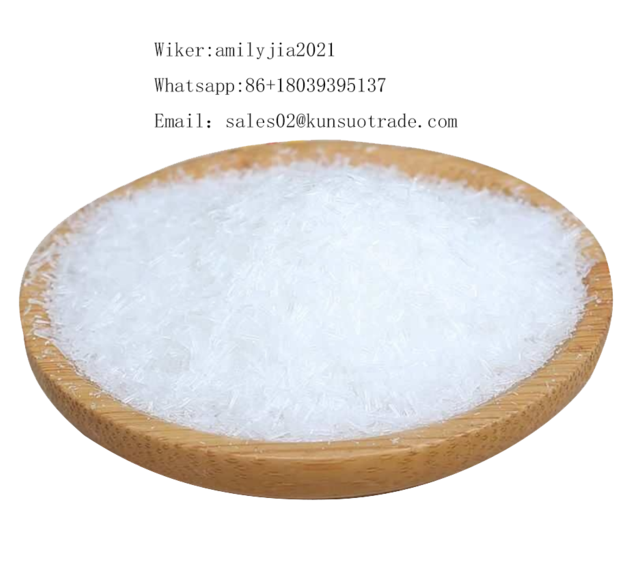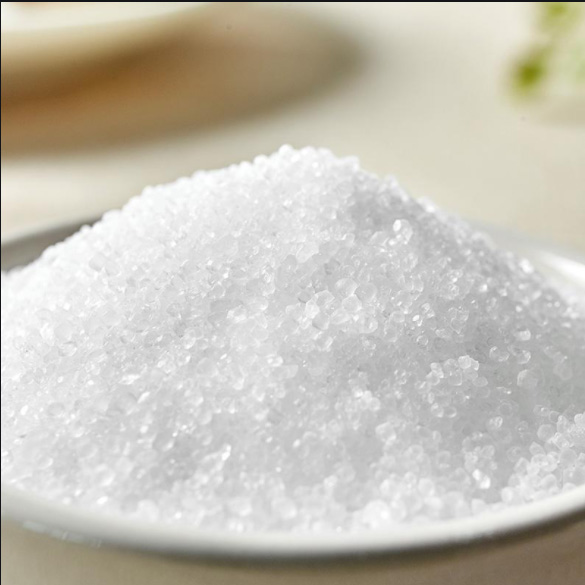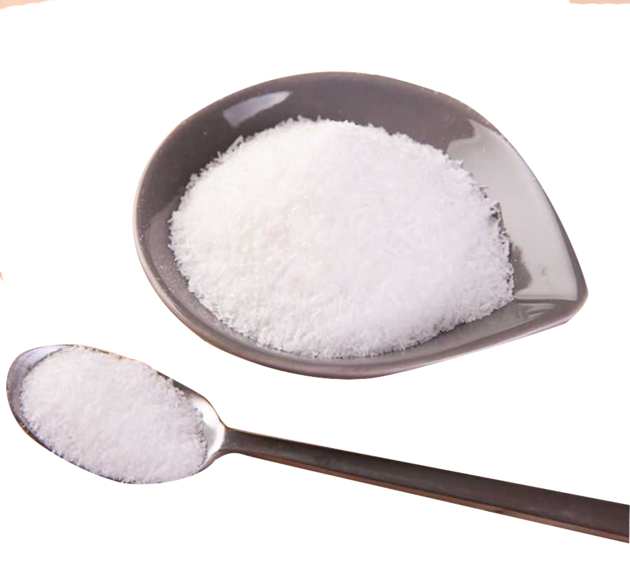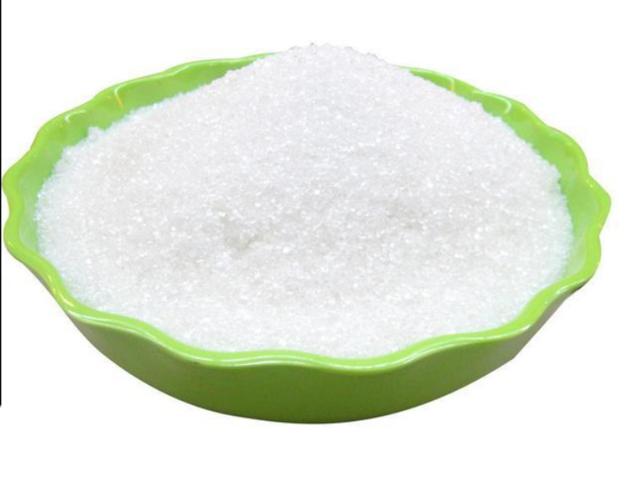Advertisements



Acetaminophen Cas 103-90-2
| Price: | US$ 20 / Kilohertz |
|---|---|
| Minimum Order: | 1kg |
| Payment Terms: | Bitcon /Westunion/Paypal/Bankcard or others |
| Port of Export: | Tianjin |
Product Details
| Model No.: | Brand Name: | kunsuo |
|---|
| Certification: | |
|---|---|
| Specification: |
Product Name: Acetaminophen
Synonyms: PARACETAMOL BP2001;PARACETAMOL POWDER;PARACETAMOL POWDER BP;PARACETAMOL BP;ACETAMINOPHENOL POWDER PB/USP;PARACETAMOL DC GRADE;PARACETAMOL BP98;PARACETAMOL USP23,BP98 CAS: 103-90-2 MF: C8H9NO2 MW: 151.16 EINECS: 203-157-5 Product Categories: Aromatics;Intermediates & Fine Chemicals;PHARMACEUTICALS;Aromatic Phenols;Lipid signaling;DMF file is ok to be provided.;inhibitor;APIs;Pyridines Mol File: 103-90-2.mol Acetaminophen Structure Acetaminophen Chemical Properties Melting point 168-172 ®C(lit.) Boiling point 273.17®C (rough estimate) density 1,293 g/cm3 refractive index 1.5810 (rough estimate) Fp 11 ®C storage temp. Inert atmosphere,Room Temperature solubility ethanol: soluble0.5M, clear, colorless form Crystals or Crystalline Powder pka 9.86¯0.13(Predicted) color White PH 5.5-6.5 (H2O, 20℃)(saturated solution) PH Range 5.5 - 6.5 (H?O, 20 ®C) (saturated solution) explosive limit 15%(V) |
Packaging & Delivery
| Packaging: | 25kg per bag or as requirment |
|---|---|
| Delivery/Lead Time: | 7-15 Days |
| Production Capacity: | 10000000kg |
Product Description
Product Name: Acetaminophen
Synonyms: PARACETAMOL BP2001;PARACETAMOL POWDER;PARACETAMOL POWDER BP;PARACETAMOL BP;ACETAMINOPHENOL POWDER PB/USP;PARACETAMOL DC GRADE;PARACETAMOL BP98;PARACETAMOL USP23,BP98
CAS: 103-90-2
MF: C8H9NO2
MW: 151.16
EINECS: 203-157-5
Product Categories: Aromatics;Intermediates & Fine Chemicals;PHARMACEUTICALS;Aromatic Phenols;Lipid signaling;DMF file is ok to be provided.;inhibitor;APIs;Pyridines
Mol File: 103-90-2.mol
Acetaminophen Structure
Acetaminophen Chemical Properties
Melting point 168-172 ®C(lit.)
Boiling point 273.17®C (rough estimate)
density 1,293 g/cm3
refractive index 1.5810 (rough estimate)
Fp 11 ®C
storage temp. Inert atmosphere,Room Temperature
solubility ethanol: soluble0.5M, clear, colorless
form Crystals or Crystalline Powder
pka 9.86¯0.13(Predicted)
color White
PH 5.5-6.5 (H2O, 20℃)(saturated solution)
PH Range 5.5 - 6.5 (H?O, 20 ®C) (saturated solution)
explosive limit 15%(V)
Antipyretic analgesic The chemiacal name of 4-acetaminophen is N-(4-hydroxy phenyl) acetamide and the trade name is paracetamol belonging to acetanilide antipyretic analgesics. It was first synthesized by Morse in 1878 and first used in clinic by VonMering in 1893. It has become an over the counter drug in the USA since 1955 and our country started production at the end of the 1950’s. 4-acetaminophen is a white crystalline or a crystalline powder in appearance with melting point from 168℃ to 172℃, odorless, slightly bitter taste, freely soluble in hot water or ethanol, dissolved in acetone, practically insoluble in cold water and petroleum ether. It is stable below 45℃ but will be hydrolyzed into p-aminophenol when exposed to humid air, then oxidized further. The color grades gradually from pink to brown then to black, so it should be sealed and stored in a cool and dry place.
4-Acetamidophenol has the antipyretic activity by inhibiting the synthesis of hypothalamic thermoregulation prostaglandins and its strength of antipyretic effect is similar to aspirin. On the other hand, 4-Acetamidophenol can produce analgesic effect by inhibiting the synthesis of prostaglandins in the central nervous system and blocking impulses of nociceptive nerve endings, but weaker than aspirin. Compared with aspirin, 4-Acetamidophenol has minor irritation, few allergic reactions and other advantages. Its antipyretic and analgesic effect is similar to phenacetin, and the use of 4-acetaminophen increases due to limiting or banning using phenacetin in many countries.
In clinical, it is mainly used for fever and headache caused by cold and relieving mild to moderate pain such as joint pain, muscle pain, neuralgia, migraine, dysmenorrhea, cancer pain, postoperative analgesia and so on. It can be used for patients who are allergic to aspirin, intolerant of aspirin, or unsuited for aspirin, such as patients with varicella, hemophilia and other hemorrhagic disease (patients having anticoagulant therapy included), as well as patients with slight peptic ulcer and gastritis. In addition, it also can be used for the synthesis of benorylate and used as asymmetric synthetic intermediates, photographic chemicals and stabilizer of hydrogen peroxide.
Chemical property Obtain prism crystallization from ethanol. Melting point 169-171℃, relative density 1.293(21/4℃). Soluble in ethanol, acetone and hot water, difficult to dissolve in water, insoluble in petroleum ether and benzene. Odorless, bitter. The pH value of saturated aqueous solution is 5.5-6.5.
Pharmacological Actions Acetaminophen is used as antipyretic analgesics. It has the antipyretic activity by means of mediated peripheral vasodilation and perspiration caused by inhibiting the cyclooxygenase which selectively inhibiting the synthesis of hypothalamic thermoregulation prostaglandins, and its strength of antipyretic effect is similar to aspirin. As a peripheral analgesic, it can produce analgesic effect by inhibiting the synthesis and release of prostaglandins and increasing pain threshold. However, its action is weaker than aspirin and it is only effective for mild to moderate pain. There is no obvious anti-inflammation effect.
Pharmacokinetics The oral absorption is rapid and complete, and the peak time occurs 0.5~2h later. The plasma protein binding rate is 25%~50%. This product is equally distributed in the body, 90%~95% is metabolized in the liver and mainly excreted from the kidney combining with glucuronic acid and about 3% exits the body unchanged in the urine within 24h. Its half-life (t1/2) is 1~4h (average 2h). In case of renal insufficiency t1/2 is not affected, but t1/2 of patients with hepatic insufficiency, newborns or elderly patients may increase and t1/2 of children may decrease. It can be secreted by milk.
Preparation method 1. Using nitrobenzene as raw material
In the presence of concentrated sulfuric acid and sixteen alkyl methyl ammonium chloride, nitrobenzene is transformed into p-Aminophenol by catalytic hydrogenation with Pd/C as catalyst. P-acetaminophen is synthesized acetylation by one-step acylation without separation and the yield is 64.3%. The reaction is as followed:






|
SUPPLIER PROFILE
|
|||
|---|---|---|---|
| Company: | Henan Kunsuo Trading Co., Ltd. | ||
| City/State | zhengzhou, 河南省 | Country: |
China 
|
| Business Type: | Export - Manufacturer / Trading Company | Established: | 2021 |
| Member Since: | 2021 | Contact Person | Amily Jia |
SUPPLIER PROFILE
City/State/Country -
zhengzhou, 河南省
China 

Business Type -
Export - Manufacturer / Trading Company
Established -
2021
Member Since -
2021
Contact Person -
Amily Jia



